Bio-degradable cards
Every card imaginable!
|
Bio-degradable cards Every card imaginable!
The Ultimate Guide to Microchipping Your Cat in the UKWe know that your cat is more than just a pet; they're a beloved member of your family. The thought of them getting lost is something no cat owner wants to dwell on, but being prepared is one of the most loving things we can do. That’s where microchipping comes in, offering a simple and permanent way to identify your cat and give you the best possible chance of being reunited if they ever wander too far from home. Navigating the world of microchipping can feel a bit daunting. What is it, exactly? Does it hurt? What are the rules? We understand you have questions, and we're here to help. This guide is designed to walk you through everything you need to know about microchipping your cat in the UK. We'll cover it all, from the science behind the chip to the simple steps you can take if you ever find a lost feline friend yourself. In This Guide
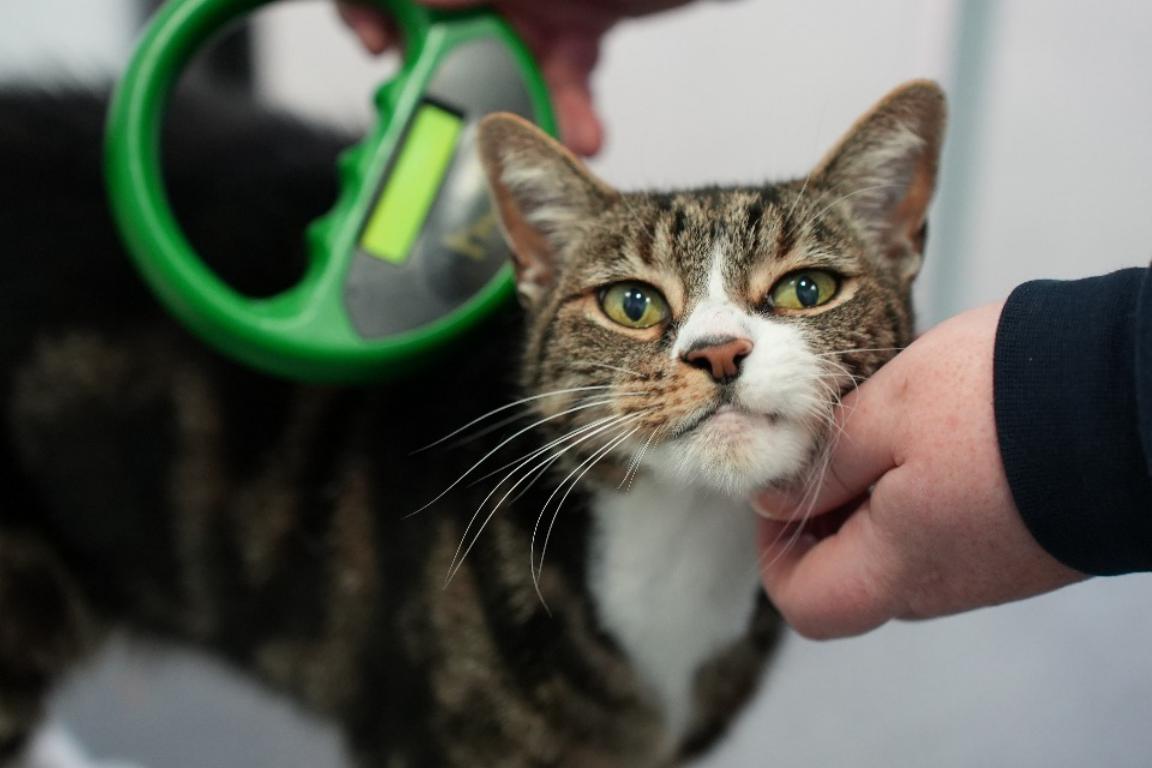
What Exactly is a Cat Microchip and How Does it Work?Let's start with the basics. It’s easy to hear the word "microchip" and imagine some complex piece of tracking technology, but the reality is much simpler, safer, and incredibly clever. Think of a microchip as a permanent, unique barcode for your cat, just like the ones on products in a supermarket. It doesn't store your personal information directly on the chip itself. Instead, it holds a single, unique 15-digit number. This number is then linked to your contact details in a secure, national database. Physically, the microchip is tiny. It’s about the size of a grain of rice, encased in a special bio-compatible glass capsule. This material is designed to be non-reactive and non-toxic, so it won’t cause any irritation or harm to your cat's body. The body’s tissues naturally bond around the capsule, holding it securely in place for life. So, how does it actually work? The most important thing to understand is that a pet microchip is a passive device. This means it has no internal battery or power source. It doesn't transmit a signal and cannot be used to track your cat's location in real-time like a GPS device. It sits completely dormant under your cat's skin until it's needed. When a lost cat is found and taken to a vet, rescue centre, or dog warden, they will use a handheld scanner. This scanner is passed gently over the cat's body, usually around the shoulder blades. The scanner emits a safe, low-frequency radio wave. This radio wave provides a brief moment of power to the microchip, allowing it to transmit its unique 15-digit number back to the scanner's screen. Once the professional has this number, they can enter it into a secure, government-compliant database portal. This portal checks all the national databases to find a match. When it finds the unique number, it brings up the contact details you provided during registration – your name, address, and phone number. The vet or rescuer can then contact you directly to let you know your beloved cat has been found, safe and sound. It's a simple, reliable, and lifelong system. The chip can't fall off or get damaged like a collar or tag can, making it the most dependable form of pet identification available. 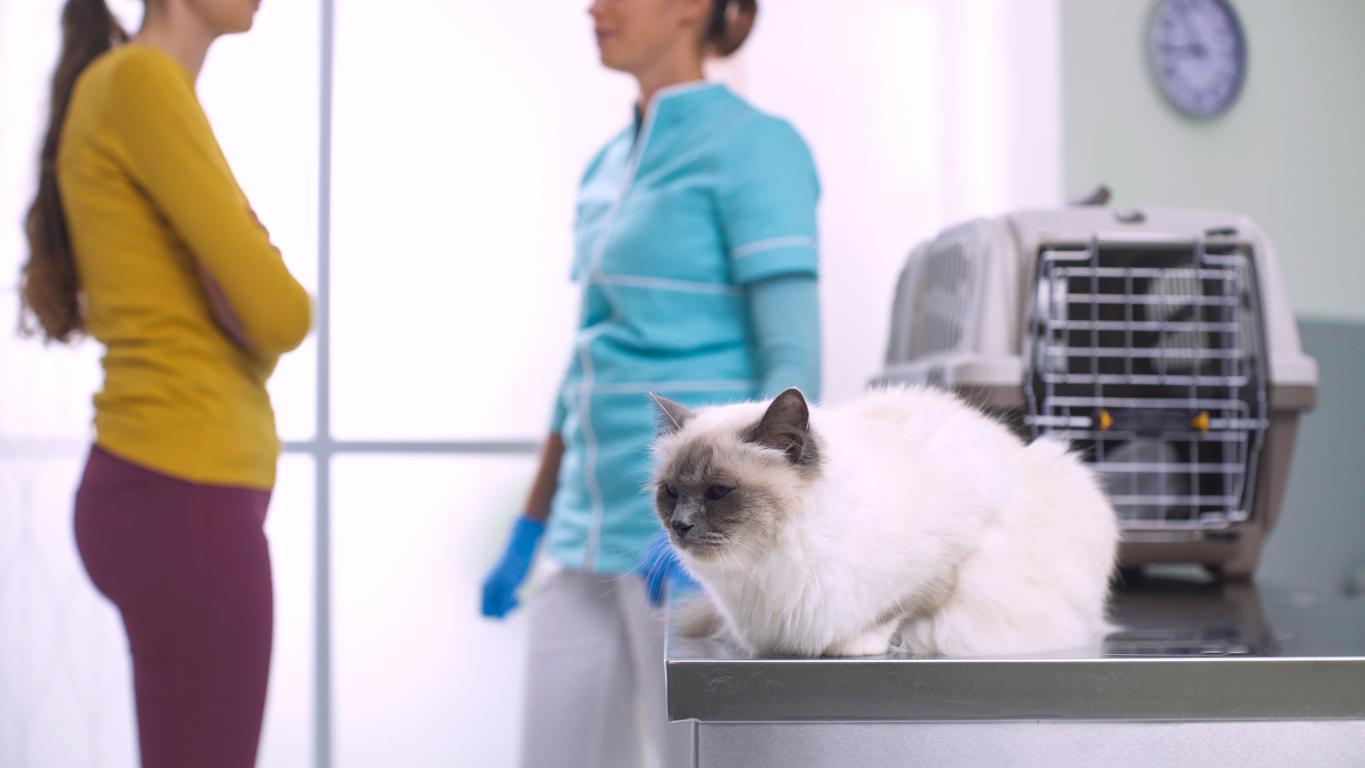
The Microchipping Procedure: What to Expect for You and Your CatUnderstanding the process of getting your cat microchipped can help ease any worries you might have. It's a very quick, straightforward procedure that is performed every day in veterinary clinics and rescue centres across the country. One of the biggest concerns for any loving owner is whether the process will be painful for their cat. It’s completely natural to worry about this. The honest answer is that it's very similar to a routine vaccination. The needle used to insert the microchip is slightly larger than a standard vaccine needle, but it's exceptionally sharp to minimise discomfort. For most cats, it’s a quick pinch that’s over in a second. They may react with a small flinch or a meow, but the feeling passes almost instantly. Many cats are more bothered by being held still than by the injection itself. The procedure is always carried out by a trained professional, such as a veterinarian, a veterinary nurse, or a qualified implanter from a local authority or animal welfare organisation. It's not something that can or should be done at home. Here’s a step-by-step look at what typically happens during the appointment:
There is no need for any anaesthetic or sedation. The entire process, from the first scan to the final confirmation, often takes less than a minute. In terms of aftercare, there usually isn't any. Your cat can go back to their normal activities right away. You might be advised not to fuss with the specific area for a day or so, just to let the tissue settle, but there are no stitches or wounds to worry about. Kittens can be microchipped once they are weaned and big enough to handle the procedure, which is usually around 8 to 10 weeks of age. Many breeders and rescue centres will have this done before the kitten goes to their new home, often at the same time as their first set of vaccinations or when they are neutered. 
Microchipping and the Law in the UK: What Every Cat Owner Needs to KnowThe rules around microchipping are not just a recommendation; in some parts of the UK, they are a legal requirement. Understanding your responsibilities as a cat owner is essential for both your cat's welfare and for staying on the right side of the law. The most significant piece of legislation is in England. As of 10 June 2024, it is compulsory for all owned cats in England to be microchipped. This new law, often referred to as 'Fern's Law', was introduced to make it easier to reunite lost or straying cats with their owners and to help tackle the issue of pet theft. Here are the key points of the law in England:
This law does not apply to free-living feral or farm cats, but it does apply to any cat that is handled and cared for by people, even if only partially. What about the rest of the UK?
Regardless of where you live in the UK, microchipping is universally recognised as the most effective way to permanently identify your cat. The law simply reinforces what animal welfare experts have been saying for years. It's a one-time procedure that provides a lifetime of protection and peace of mind. 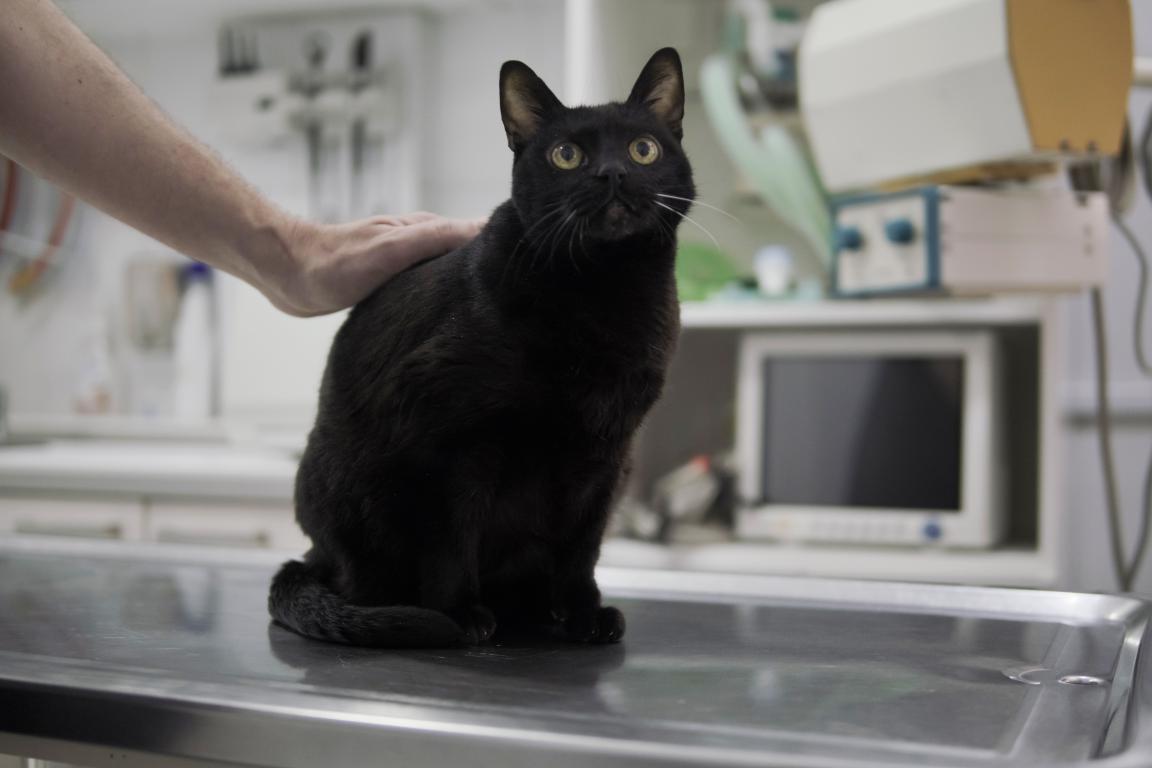
Your Details Matter: Registering and Updating Your Cat's MicrochipWe can't say this enough: a microchip is only as good as the information it's linked to. The implantation is just the first step; the registration and ongoing maintenance of your details are what make the system work. When your cat is first microchipped, the vet or implanter will give you a registration form or an online link. This paperwork will contain your cat's 15-digit microchip number. They will typically process the initial registration for you, sending your details – your name, address, home phone, and mobile number – to one of the UK's government-compliant pet microchip databases. There are several approved databases in the UK, including: All these databases are legitimate and connect to a central search portal, so a vet can find your details regardless of which one you are registered with. Once registered, you should receive confirmation via email or post. Keep this information safe. It's your proof of registration and contains the login details you'll need for the future. The most critical responsibility for you as an owner is to keep these details up to date. Life changes, and your contact information might change with it. You must update the database if:
Imagine the heartbreak of your cat being found, scanned, and the rescue centre calling a disconnected phone number or sending a letter to an old address. It’s a preventable tragedy. To update your details, you simply need to visit the website of the database your cat is registered with and log in to your account. Most databases charge a small administrative fee to change your details or to upgrade to a premium lifetime plan which can allow for unlimited updates. This fee helps maintain the database and its 24/7 support services. It’s a tiny price to pay for the security it provides. What if you don't know which database your cat is on? This is a common situation, especially if you've rehomed a cat. Don't worry, there's a simple solution. You can ask any vet to scan your cat and give you the microchip number. Then, you can use an online chip checker tool, like Pet Chip Lookup. You simply enter the 15-digit number, and it will tell you which database holds the registration, allowing you to get in touch with them to update your details. 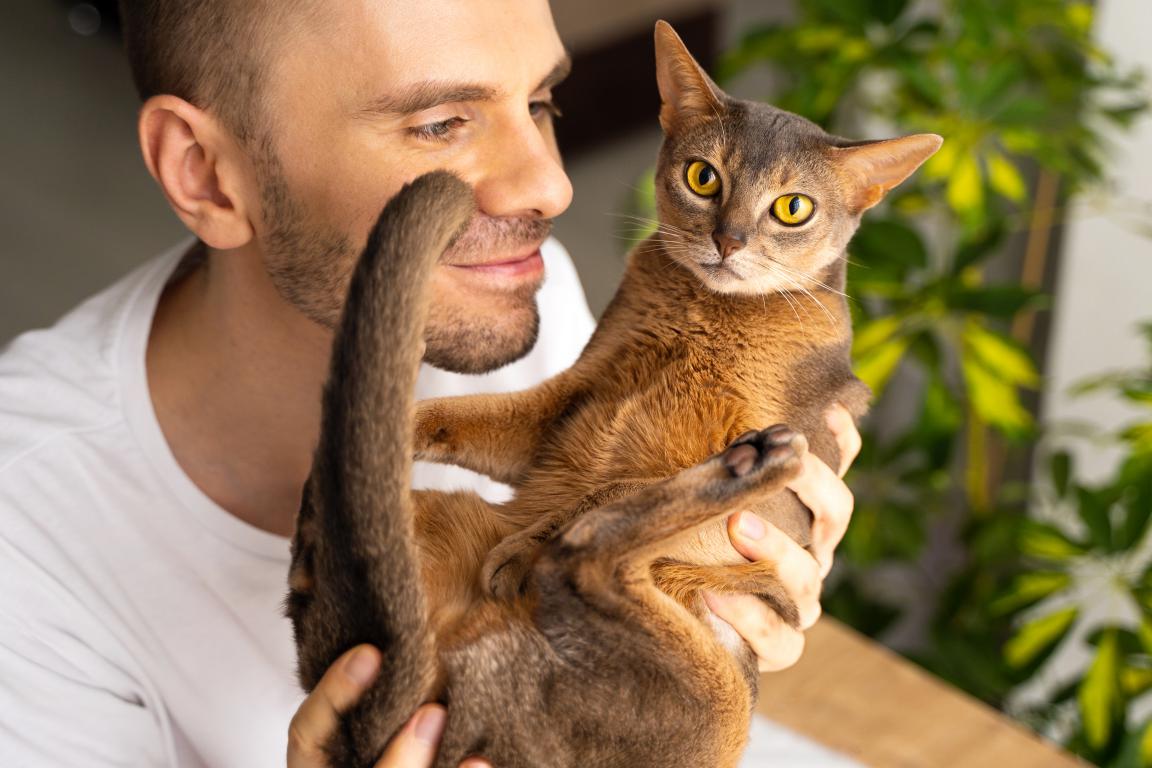
Found a Lost Cat? How to Help a Potentially Microchipped FelineFinding a cat that appears lost or distressed can be worrying, but if you know what to do, you can be the vital link that gets them back home safely. Your calm and careful actions can make all the difference.
If no chip is found, the rescue centre or vet can give you advice on the next steps, which usually involve reporting the cat as found on local social media groups, putting up 'found' posters, and registering them on websites like Animal Search UK. Never simply assume a cat without a chip is a stray and decide to keep it. There's almost always a worried family out there looking for them. 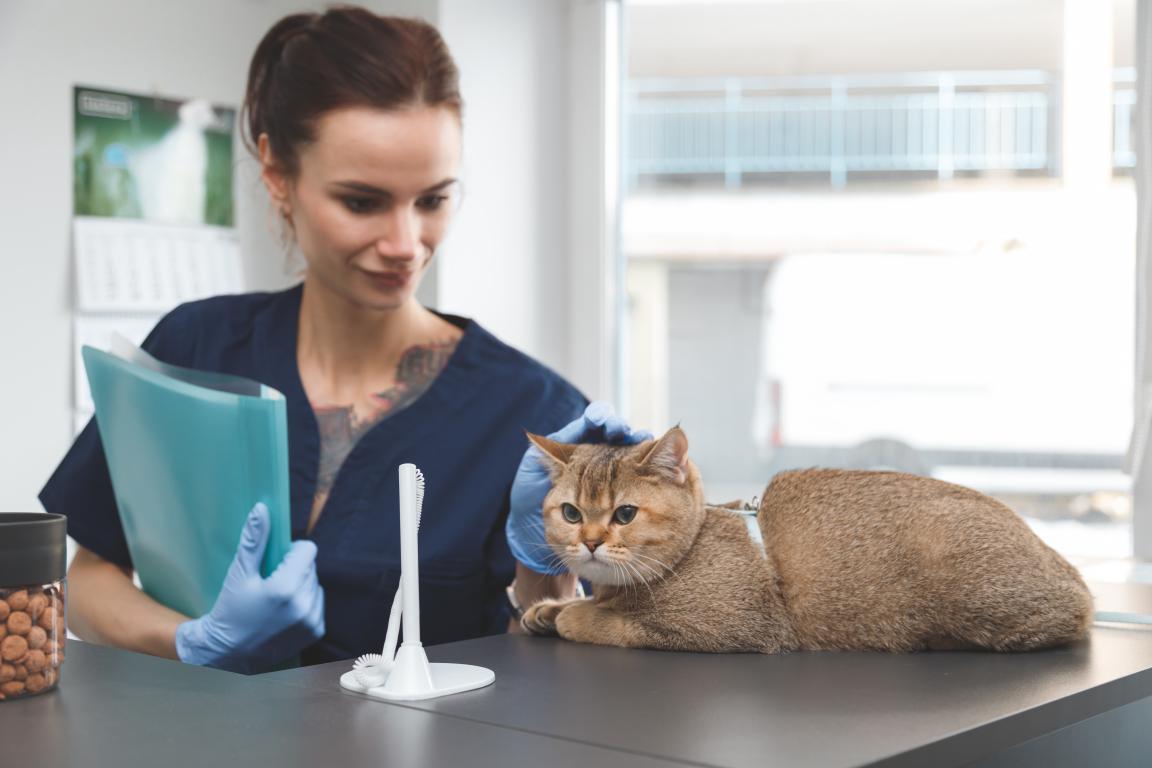
Frequently Asked Questions About Cat MicrochippingIt's natural to have a few more questions. Here are our answers to some of the most common ones we hear from fellow cat lovers. Can a microchip move around in my cat's body?It's very rare, but it can happen. This is known as 'migration'. The bio-compatible glass is designed to encourage tissue to bond with it, holding it in place. However, in a small number of cases, it can move slightly from the implantation site. This is why trained professionals will always scan the entire body of a found animal, not just between the shoulder blades. The chip will still work perfectly wherever it is. Do microchips ever wear out or need replacing?No. Because the microchip has no battery or moving parts, it is designed to last for your cat's entire lifetime. Once it's in, it's there for good. I've heard people say you can track your cat with a microchip. Is that true?This is a very common misconception. A microchip is not a GPS tracker. It holds a number that can be read by a scanner when it's very close to the chip. It cannot tell you your cat's location if they are lost in the neighbourhood. For that, you would need a separate GPS tracking device that attaches to a collar. How much does it cost to get a cat microchipped?The cost can vary depending on your vet and where you live in the UK, but you can typically expect to pay between £20 and £40. Many animal charities and local councils often run free or low-cost microchipping events to encourage owners, so it's always worth checking with them. My cat never goes outside. Do they still need to be microchipped?Yes, absolutely. In England, it is a legal requirement even for indoor cats. Beyond the law, it's a vital safety net. Windows get left open, doors don't get shut properly, and visitors can be careless. An indoor cat that escapes is often disoriented and terrified, making them even more likely to get lost. A microchip is their silent ticket home. 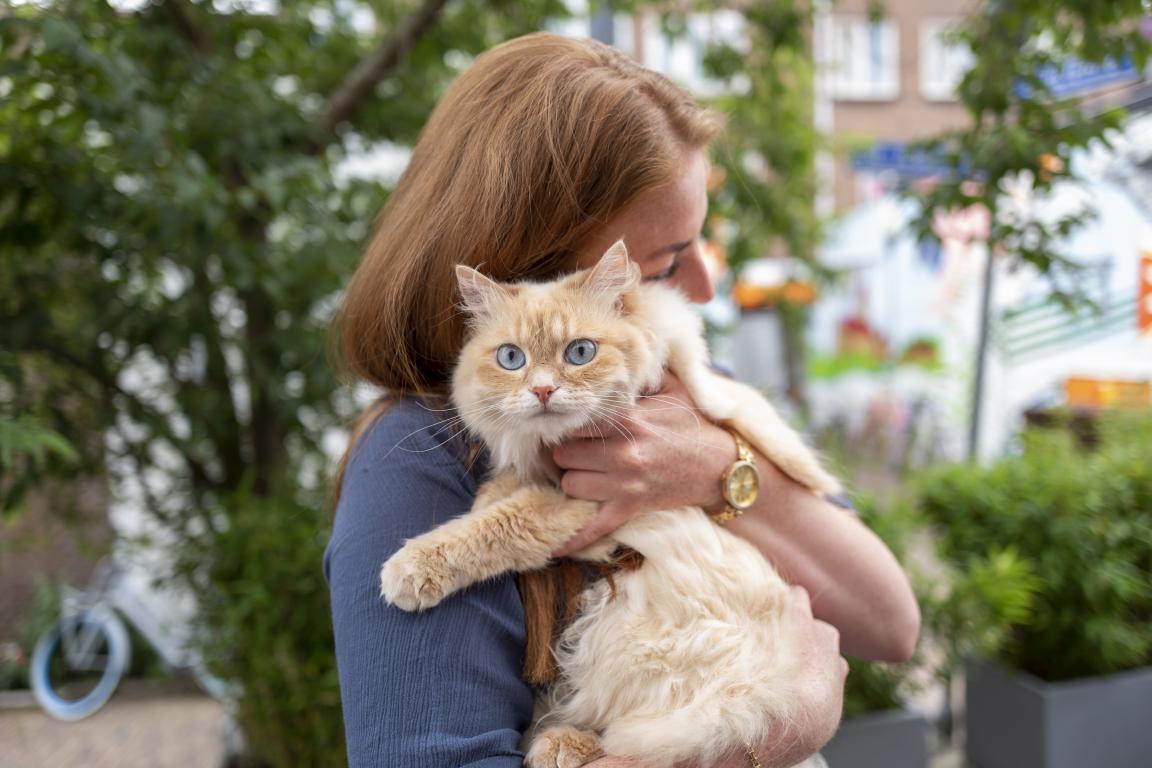
The Microchip is Vital, But What About Immediate ID for Your Cat?We've explored just how essential a microchip is. It’s the gold standard for permanent identification, a silent guardian that provides a secure, lifelong link between you and your cat. It's the single most important step you can take to ensure you can be reunited if the worst happens. However, the microchip system relies on one thing: a scanner. When a kind stranger finds your lost and frightened cat, they need to be able to get them to a vet or a rescue centre to be scanned. In those first few crucial hours, what if there was a way for that person to contact you directly, without needing to take your cat anywhere? This is where a visible, immediate form of identification can work hand-in-hand with the microchip. While a traditional engraved tag on a quick-release collar is a great option, a modern alternative can provide even more peace of mind. It’s an extra layer of protection that bridges the gap between your cat being found and being scanned. For those looking to give their cat every possible chance of a swift return, our Pet ID Cards offer that immediate, visible layer of security. You can learn more about how they work and create one for your feline friend here.
© 2024 The Card Project Uk Ltd
VAT: 453 2087 06
|